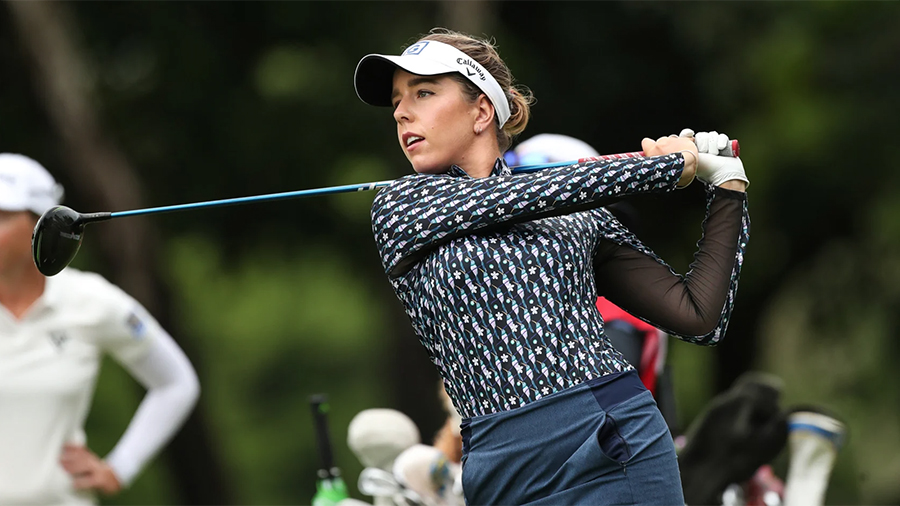Moody’s Investors Service affirmed Callaway Golf Company’s Corporate Family Rating (CFR) at B1 and Probability of Default Rating at B1-PD. Moody’s also assigned a B1 rating to the company’s new senior secured term loan B.
The company’s Speculative Grade Liquidity is unchanged at SGL-2. The outlook remains negative.
Moody’s said Callaway plans to simplify its existing capital structure by refinancing its term debt at Callaway and Topgolf International, Inc. Topgolf was acquired by Callaway in March 2021 in an all-stock transaction valued at $1.7 billion. Callaway plans to issue a $950 million 7-year term loan B, proceeds of which will be used to repay existing term debt at both Callaway and TopGolf while also returning approximately $166 million of cash to the balance sheet. The company also plans to put in place a new $500 million ABL to replace existing revolvers at both Callaway and Topgolf. The B1 rating on Callaway’s existing term loan B is due in 2026, and the ratings of Topgolf are not affected. Upon closing of this transaction and repayment of the existing debt, Moody’s will withdraw the ratings of Topgolf and of the existing term loans at Callaway and Topgolf.
Moody’s wrote, “The affirmation of Callaway’s CFR at B1 reflects its large and growing product diversification within its three business segments which include golf equipment, golf-themed restaurants and entertainment, and apparel. However, despite this diversification, the rapid expansion of Topgolf brings with it the potential for high future business execution risk given the Topgolf business is capital intensive, cyclical, and discretionary. There also remains some risk that local entertainment may decline as consumers start to travel more following the easing of travel restrictions. Moody’s expects golfing will remain strong in 2022 given it is conducive to social distancing. However, there remains risk that some participants may reduce golfing as the coronavirus subsides. As families and office workers return to normal activities, there may also be constraints on the availability of golfers’ time to play the sport given the sizable time investment necessary to practice and play. Further, the broadening of vacation travel or inflationary pressure on the consumer may reduce participation and spending on golf equipment and local entertainment activities.
“Callaway’s new capital structure will result in high financial leverage at close of 5.7x pro-forma Debt to EBITDA (as of December 31, 2021) inclusive of the operating leases at Topgolf that were written up due to purchase accounting at the time of the acquisition of Topgolf and which Moody’s regards as debt. The write-up of leases added about half a turn to leverage. Moody’s expects financial leverage will remain high throughout 2022 due to investments in Topgolf and then moderate to below 5.5x debt-to-EBITDA by mid-2023. However, the potential for future execution challenges with its Topgolf expansion strategy or an unexpected waning in demand of its highly discretionary categories could derail its ability to deleverage. If the company cannot improve its EBITDA, leverage could increase as the company continues to invest in Topgolf venues. While Callaway believes its future Topgolf investment requirements have declined from approximately $200 million at acquisition to approximately $70 million at present, Moody’s expects that Callaway will curtail new investment at Topgolf and preserve free cash flow if operating conditions turn negative. Moody’s further expects liquidity to remain good with cash on hand of $352 million as of December 31, 2021 and full availability of its contemplated $500 million of ABL facility.
“The negative outlook reflects execution risk in Callaway’s plans to expand its Topgolf locations and improve EBITDA, which could impact its ability to reduce leverage to below 5.5x debt to EBITDA within the next 12 to 18 months since debt is likely to continue to increase to fund Topgolf venue construction. The negative outlook also reflects the potential for a pullback in golfing-related activities from elevated levels seen during the pandemic that may subside as participation in a broader array of other leisure activities is restored.”
Photo courtesy Calloway/Getty
















